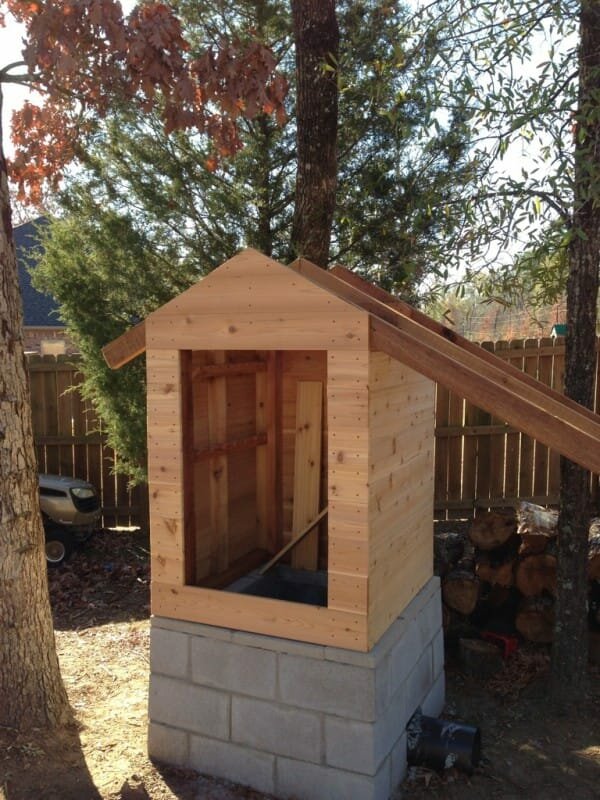 Because barbecuing is an art all its own and Americans love grilled steaks, burgers, and hotdogs, nothing beats a backyard smoker in functionality. Genuine barbecue entails cooking fattier, tougher cuts of meat such as beef brisket and pork butt for 4 to 6 hours and longer at extreme temperatures approximating the boiling point of water.
Because barbecuing is an art all its own and Americans love grilled steaks, burgers, and hotdogs, nothing beats a backyard smoker in functionality. Genuine barbecue entails cooking fattier, tougher cuts of meat such as beef brisket and pork butt for 4 to 6 hours and longer at extreme temperatures approximating the boiling point of water.
The result is flavorful and succulent meat from an originally tough texture. The fat is rendered out while the low and smoky fire imparts a flavorful aroma that penetrates the fibers of the meat. A truly talented cook can produce great barbecue in anything. However, if you are planning to replace that old small water smoker, you can build your own backyard smoker.
You first need to get an 115-volt wire-feed welder for a reasonable price. The entire welding process can be done using a 0.035-inch flux-cored wire. If you choose to use thinner metal, gas welding will be fine. With an arc or stick welder, the thinnest you can successfully weld is 10 ga.
Weld the ends on first while ensuring minimal distortion, then cut holes out for the doors. You can obtain nice, rounded corners using a two-inch hole saw. Just cut three-quarters of the way around the openings since you will be using the unwelded seams for the bottom of the door. Use a saber saw to cut the steel, although this can be pretty tedious and will entail going through plenty of blades. If you don’t mind throwing a greater quantity of sparks, you might use the cutoff wheels on the grinder for faster results. If you can, just get a hold of a plasma cutter.
Get your local sheet metal shop to cut the pieces for the chamber to size and then roll the drum sections for you for a fee. The material can be just about anything of steel but steer clear of galvanized sheets. The best material to use is a food-grade steel barrel. A cheap but good-quality piano hinge provides clean and tightly-sealed doors. You can choose between sheet metal screws and pop rivets to hold the hinge in place. Wooden handles can be mounted in place using 5/16-inch bolts and brass spacers. The handles should be sanded and paste waxed for a smooth texture. The wooden handles stay cool to the touch for problem-free handling.
For smoke management during use, you can install a 3-inch chimney pipe that channels the exhaust smoke out. Use the end of a soup can as a low-tech yet efficient firebox damper. A two-inch water pipe serves to connect the smoke chamber and the firebox. Use a collar for pipe union to serve as the nuts.
The unit’s firebox is suspended from the formed connection, which is guaranteed to be amazingly airtight. Found lower down are the bolt and wingnut that hold every component together solidly.
Once everything is assembled and painted, create a hot fire in the firebox, which makes the metal heated enough for the paint to set and also to burn off the mill scale along with the residue cutting oil on the inside. After everything cools down, wash it all and then apply vegetable oil to the inside of the smoke chamber to protect from corrosion.